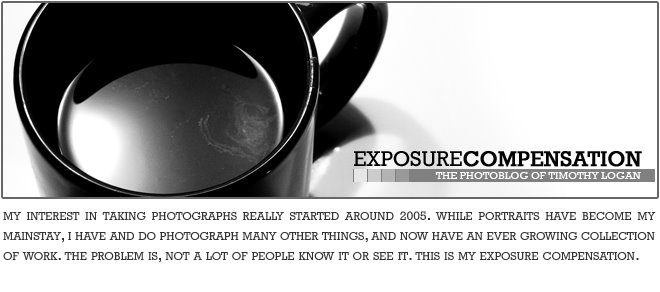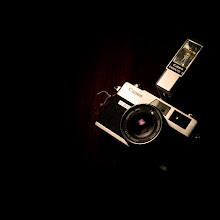05 March 2012
Impossible Project PX 680 Old Gen - Shot in Crown Graphic 4x5
I spent most of Friday driving along the Lake Erie Coastal Trail with a couple of cameras. I had taken the day off with the promise of temps around 60 degrees. Unfortunately, that never really happened, but I still enjoyed the back road drive from Cleveland up to Erie, PA. I definitely didn't take as many photos as I had hoped, but there are a few decent ones to share.
The three that I am posting today were something of an experiment. While browsing through different resources for my new Crown Graphic 4x5 I stumbled upon flickr user Patrick J Clarke and his experimental runs of integral films through a large format camera. It sounded like an interesting idea so I figured before I headed out for the weekend I would load one of my Old Gen packs of Impossible Project's PX 680 into my 4x5 sheet holders to see what I could get.
The process is definitely more work than just popping a pack of film into your SX70 or 600. In a darkroom I transferred each shot individually out of it's film cartridge, placed it in the desired position in the 4x5 sheet film holder, taped it down and placed the dark slide over top. I then measured out and cut a matte for the ground glass of the camera so that I would know approximately what area of the viewable ground glass was covering the PX680 below. All in all, it turned out to be pretty accurate.
After exposing the film I just placed the sheet film holders back into my case and went along my way. It wasn't until hours later that I used a dark bag to remove them from the holders, place them back into an empty Impossible pack and run them through a 600 for development.
The work can be a little tedious, but there are definitely some positives to shooting the Impossible film this way too. Full manual control over exposure is the most obvious advantage, but, what I found most helpful is that I didn't have to worry about temperature. These were all taken outdoors with temps running below 40 degrees fahrenheit, but, since I didn't have to develop them immediately that temperature didn't matter as much. Once I was back inside and the film had returned to room temperature I developed and got the results you see here.
Sure, this takes the instant out of instant film, but I did enjoy myself and find it interesting to experiment with this film in different ways whenever I can. I think I still have a few issues to work out with the process in order to get the best results, so, I'll probably run a couple more packs through this way.
Location:
Cleveland, OH, USA
Subscribe to:
Post Comments (Atom)








No comments:
Post a Comment